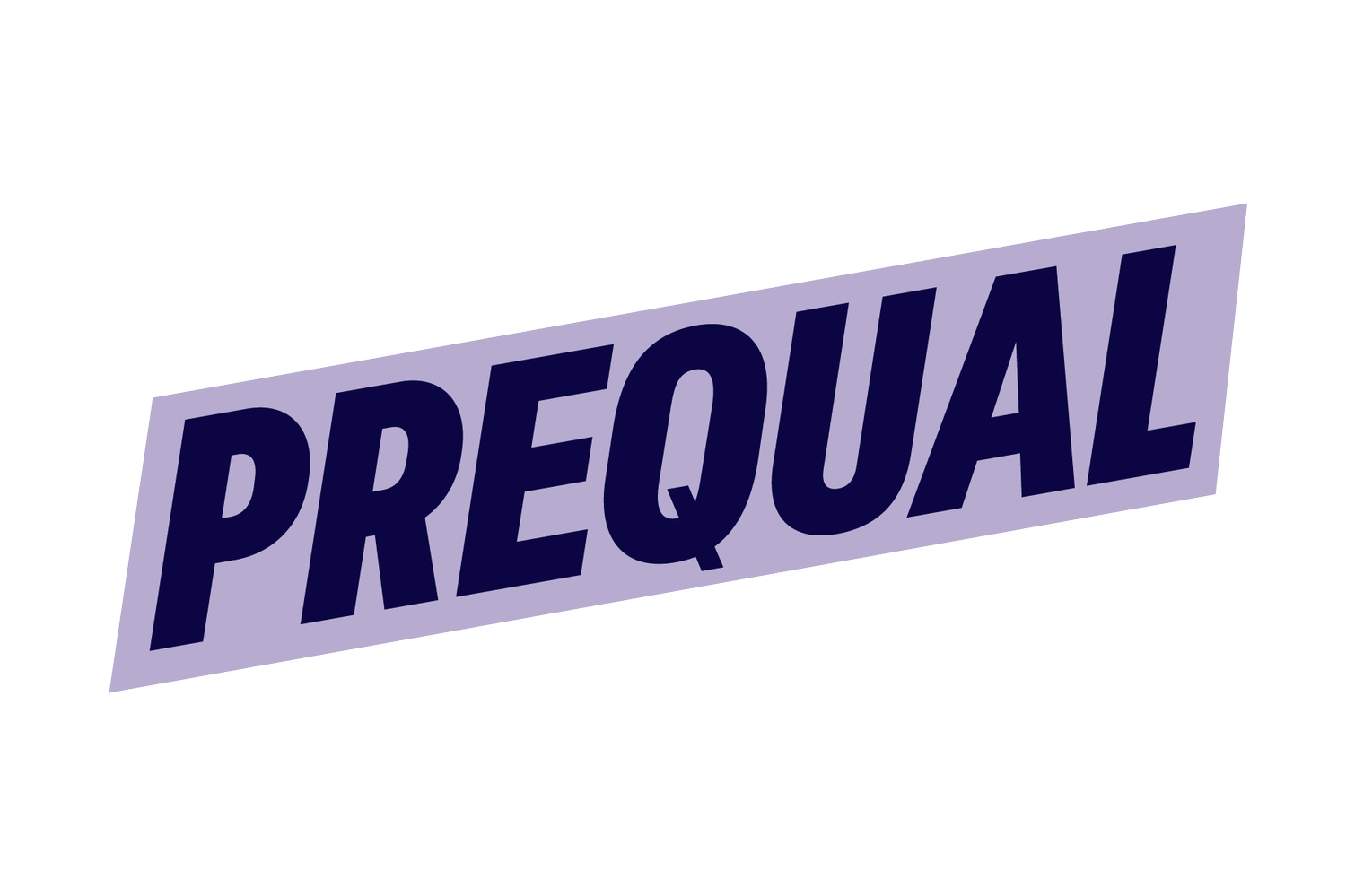Rethinking Sales Training: The Data and Statistics to Back it Up
In the fast-paced world of sales, success is often measured in numbers—revenue generated, deals closed, and quotas met. Yet, achieving and sustaining such success is far from guaranteed. A complex interplay of skills, strategies, and continuous learning separates the champions from the rest. Enter the world of effective sales training, where data and statistics paint a compelling picture of its undeniable impact.
In this article, we'll journey into the heart of sales training, armed with a large arsenal of statistics that reveal its true worth. From the alarming turnover rates that plague the industry to the critical skills gap that undermines the potential of countless sales teams, we'll explore the hard-hitting facts that underscore the importance of investing in comprehensive and ongoing sales training.
Whether you're a seasoned sales leader seeking to enhance your team's effectiveness or an aspiring professional looking to thrive in a competitive landscape, this article is your roadmap to understanding why sales training isn't just a wise investment; it's imperative for those who aspire to excel in the art of selling.
As we delve into these compelling statistics, you'll discover that the path to success in sales is not a mystery—it's a science backed by data and yours to master.
Sales Rep Turnover: On average, companies experience a 34% annual turnover rate among their sales teams.
Lack of Training: Approximately 55% of salespeople lack essential selling skills.
Training Impact: Only 34% of salespeople believe their training has a positive impact on their performance.
Onboarding Time: It takes an average of 10 months for a new salesperson to become fully productive.
Lost Productivity: The lack of proper training costs companies 5-10 times more in lost productivity than the actual cost of training.
Retention of Training: Without reinforcement, 84% of sales training content is forgotten within 90 days.
Training Hours: Top-performing companies provide an average of 62 hours of training per year to their salespeople.
Sales Coaching: 95% of organizations believe sales coaching is important, yet only 38% have a formal coaching program in place.
Effectiveness of Sales Managers: Just 10% of sales managers are effective at coaching their salespeople.
Missed Sales Quotas: About 57% of salespeople fail to meet their annual sales quotas.
Sales Follow-up: Salespeople typically make only two follow-up attempts, but 80% of sales require five or more follow-ups.
Impact of Technology: 77% of high-performing sales teams use sales analytics tools, which are linked to higher win rates.
Sales Training ROI: Companies with a dedicated sales enablement function achieve 15% higher win rates.
Neglected Soft Skills: While 85% of job success comes from having well-developed soft skills, most sales training focuses on hard skills.
Customer Expectations: 78% of buyers expect salespeople to personalize interactions based on their previous engagements.
These statistics underscore the critical need for effective and continuous sales training to address high turnover rates, improve performance, and meet the evolving demands of the modern sales landscape.


